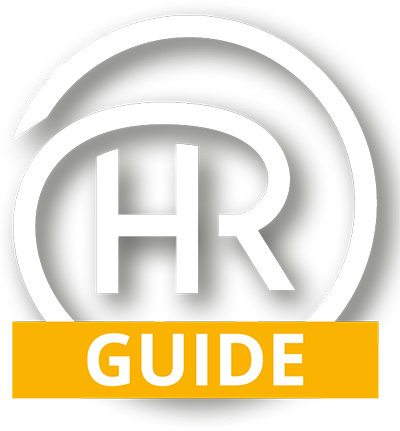Managing Equality, Diversity and Inclusion – A Step-by-Step Guide
Written by Andrew Johnson, Founder and CEO HRGuide - Wed 23rd Oct 2024
Introduction
A workplace encouraging equality, diversity and inclusion can help:
- to better serve a diverse range of customers
- improve ideas and problem-solving
- attract, motivate and retain good employees
- make it more successful and profitable and finally,
- prevent serious or legal issues arising, such as bullying, harassment and discrimination
Definitions
- Equality - Equality in the workplace means equal job opportunities and fairness for employees and job applicants. You must not treat people unfairly because of reasons protected by discrimination law ('protected characteristics'). For example, because of sex, age or race.
- Diversity - Diversity is the range of people in your workforce. For example, this might mean people with different ages, religions, ethnicities, people with disabilities, and both men and women. It also means valuing those differences.
- Inclusion - An inclusive workplace means everyone feels valued at work. It lets all employees feel safe to:
- come up with different ideas and raise issues and suggestions to managers, knowing this is encouraged
- try doing things differently to how they’ve been done before, with management approval
Managing, Equality, Diversity and Inclusion in the Workplace
A good start is to have a workplace policy covering equality, diversity and inclusion. This might also be called an 'equal opportunities policy'. A policy helps everyone to know:
- the business supports and treats everyone fairly
- what kind of behaviour is expected of them
- about discrimination and the law, and what is not acceptable
- where to find the procedures for resolving any problems
When developing a policy, you should:
- consult with your employees and any representatives
- make an action plan including what steps will be taken to make sure the policy is put into everyday practice
The action plan should include:
- how to get staff on board, for example training for all staff so they all understand the policy, and what needs to happen to make it work in practice
- how to best monitor and measure if the policy and plan are working as intended, and record those results
- how to work out if the policy is effective and what needs to change
- who will put the policy and plan into practice and by when
This Policy then needs to apply to all areas of work, including:
- recruiting new staff
- training and promoting existing staff
- equal pay
- religious beliefs and practice
- dress code
- unacceptable behaviour
- the dismissal of staff
- redundancy
- different types of leave for parents
- flexible working
All your HR Policies including your recruitment, training, pay, redundancy policies should be written in such a way to reflect your approach to equality, diversity and inclusion.
Effectively managing equality, diversity and inclusion is essential to creating a safe and secure work environment for all employees. Download our more detailed step by step HR How to Guide for more detail on equality, diversity and inclusion by subscribing to https://www.hrguide.co.uk/subscribe.php
If our step-by-step HR How to Guide doesn’t give you the support you need, simply call us on our HR Helpline for expert advice.

